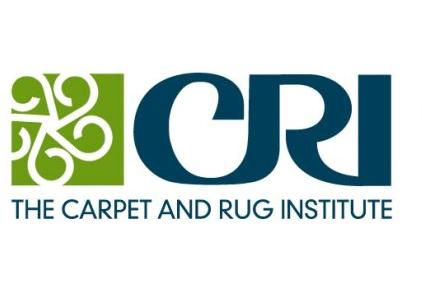CRI Announces New Maintenance Protocol for Seal of Approval Products

In a significant new development for its Seal of Approval (SOA) testing and certification program for carpet cleaning products and equipment, the Carpet and Rug Institute (CRI) has introduced a new category for interim carpet maintenance systems.
According to CRI President Werner Braun, the addition of an interim maintenance category will help "fill the gap" between vacuuming and deep-cleaning systems. "It will be a positive addition to the existing SOA testing protocols for vacuums, cleaning solutions, extractors and deep cleaning systems," he said, adding, "Interim systems are here to stay. They serve an important role in commercial settings in that they are designed not for restorative cleaning, but for the 'appearance refresher' between cleanings."
"We've thought for some time that an interim category would enhance the CRI's SOA program. I am very pleased with what we have to offer in this new interim testing program."
Interim maintenance focuses on making carpet look good, said Reg Rogers, Partner/Owner of Carpet Cleaner America and a member of the group that developed the testing protocol. Interim maintenance removes soil, which improves the appearance of carpet, and, in turn, prolongs a carpet's useful life.
Types of interim maintenance systems include bonnet, rotary brushing and dry compound systems, to name a few. Interim methods can be used in both residential and commercial settings, but are primarily used commercially at this time.
The new SOA interim maintenance category was developed by the Interim Maintenance Task Group, a subgroup of CRI's Product Performance and Standards Panel. As with all of the SOA programs, the interim cleaning protocol is based upon science and scientific measurements, notes Braun. "There is no guesswork involved. It's all based upon scientific tests conducted at an independent laboratory."
The task group membership included carpet manufacturers, cleaning equipment manufacturers and professional carpet cleaners. "We had a nice slice of the carpet and cleaning industry pie come together to develop this testing category," Rogers said.
In order to pass the interim maintenance test, systems must remove a set amount of soil without adversely affecting the surface appearance of the carpet. The system's cleaning solution must remove soil without causing resoiling or carpet color change.
Another plus of the interim testing, Rogers said, is that the systems are tested on both cut pile and loop pile carpet samples.
"Since there is a prevalence of loop pile carpet in commercial settings, testing on loop carpet is a good example of a real world situation," he said.
Rogers added, "The entire Seal of Approval program is a great thing for our industry. The consumer has nowhere to turn without CRI and its SOA program."
Those interested in submitting their interim systems for Seal of Approval testing should contact CRI Director of Standards and Specifications Pat Jennings at pjennings@carpet-rug.org or 706.428.2123.
Looking for a reprint of this article?
From high-res PDFs to custom plaques, order your copy today!



